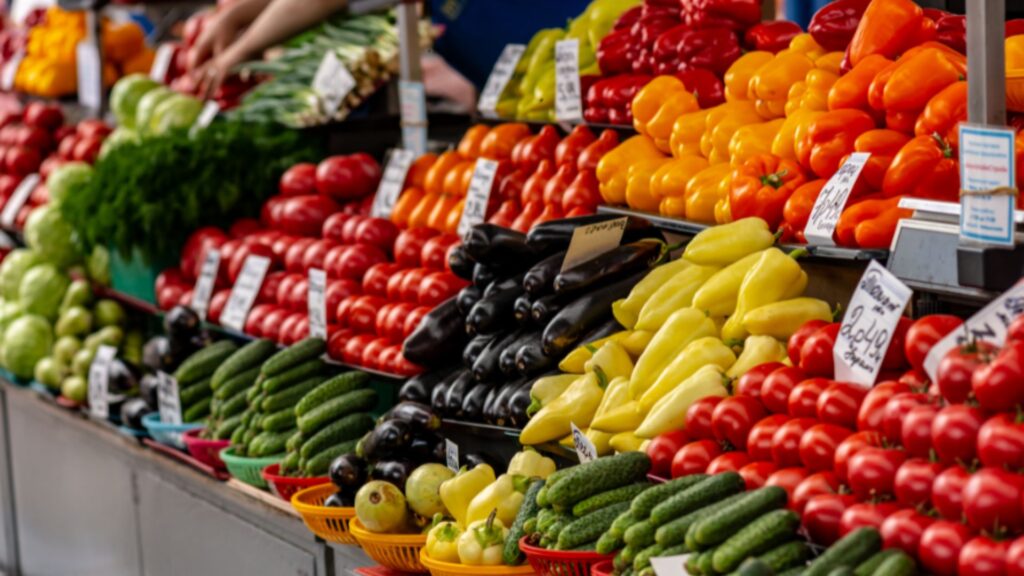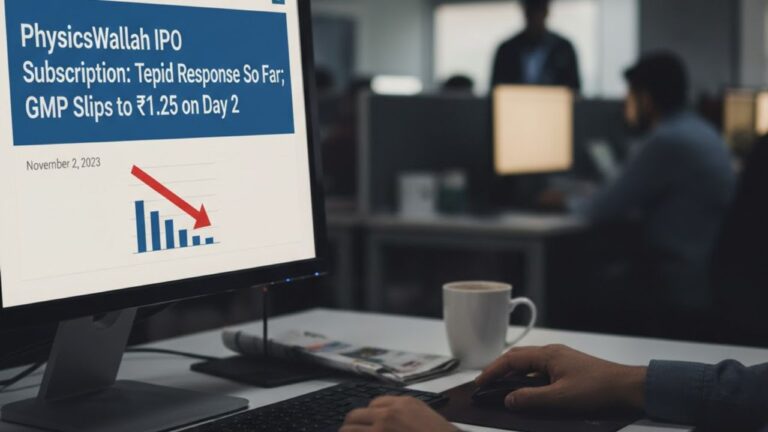
India’s retail inflation dropped to its lowest level in over six years in May, aided by a marked deceleration in food prices, according to provisional data released Thursday by the Ministry of Statistics and Programme Implementation (MoSPI).
The Consumer Price Index (CPI)-based inflation eased to 2.82% year-on-year, down from 3.16% in April and 4.8% in May last year. This marks the fourth consecutive month that inflation has remained below the Reserve Bank of India’s (RBI) upper tolerance band of 4%, the longest such run in at least five years.
This data follows the RBI Monetary Policy Committee’s recent decision to reduce the repo rate by 50 basis points to 5.5%, its third consecutive cut since February. The central bank’s moves suggest a pivot from inflation containment to measures that support economic growth.
Food Inflation Moderates Sharply
Food inflation saw a sharp moderation, falling to just 0.99% in May compared to 1.78% in April and a steep 8.69% in the same month last year. The food and beverages category recorded a 1.5% year-on-year rise, a significant decline from April’s 2.14%.
Items such as cereals, eggs, and fruits saw slower price increases, while prices of meat, fish, vegetables, and pulses declined month-on-month. However, inflation remained elevated in categories like milk and dairy products, edible oils, and non-alcoholic beverages, indicating uneven easing in food prices.
Radhika Rao, executive director and senior economist at DBS Bank, remarked that the May inflation figure came in line with expectations. “The moderation in food inflation helped headline inflation dip below 3%. We expect average inflation to stay below 4% for FY26,” she said. Rao added that weak core-core inflation signals economic slack and supports the RBI’s recent stimulus push.
Core Inflation Holds Steady
Core inflation — which excludes food and fuel — has remained relatively stable in the 4–4.5% range over the past year, according to economists. Clothing and footwear inflation was unchanged at 2.67% in May.
Twelve of India’s 22 major states recorded inflation below the national average, including Gujarat, Bihar, Odisha, Uttar Pradesh, and West Bengal.
Sujan Hajra, chief economist at Anand Rathi Group, expects the downward trend in inflation to persist until at least October 2025. “While the recent disinflation is partly due to a high base, the combination of softening inflation and steady growth is a positive signal for the Indian economy and financial markets,” he said.
RBI Likely to Maintain Cautious Stance
In its June policy review, the RBI retained its GDP growth forecast for FY26 at 6.5%, slightly down from an earlier projection of 6.7%. The central bank flagged risks from global trade disruptions and policy volatility, particularly from the potential return of protectionist tariffs in major economies.
Inflation for the full fiscal year is expected to average around 4%, starting at 3.6% in Q1 and gradually rising to 4.4% by Q4, in line with RBI’s revised outlook.
Kotak Mahindra Bank’s chief economist, Upasna Bhardwaj, noted that while the inflation path remains favourable, the RBI is likely to stay cautious. “The recent policy moves appear frontloaded. With room for further easing now limited, the central bank may adopt a wait-and-watch approach, closely monitoring inflation dynamics,” she said.
With inflation appearing tamed and growth concerns rising, the RBI may now begin to balance its policy priorities more toward stimulating demand, particularly if global uncertainties persist.






